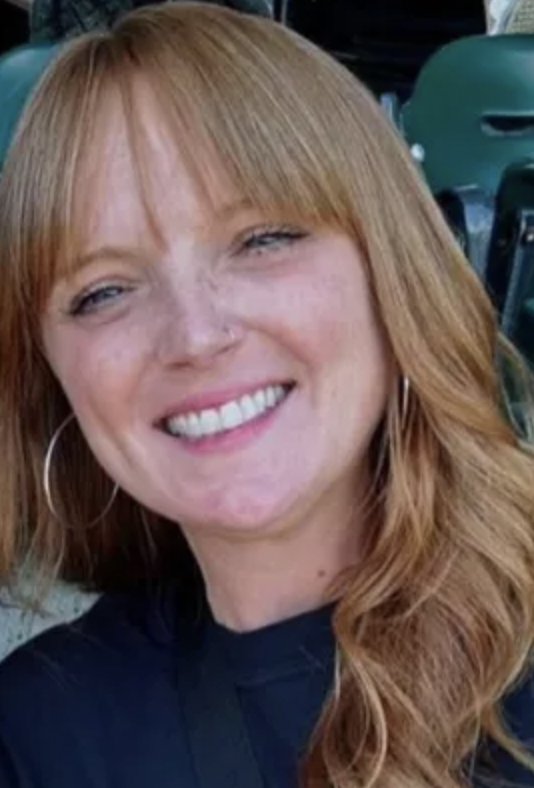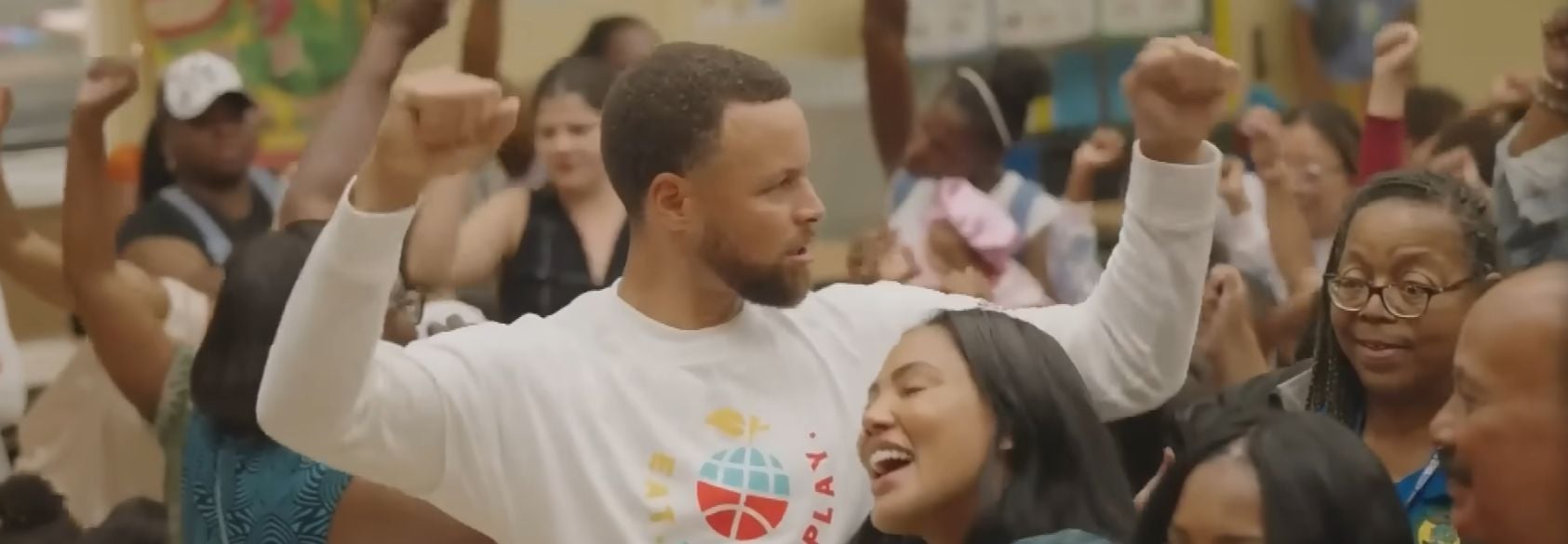Beyond Medicaid, another looming threat is the potential loss of federal support for education. The students I work with rely on financial aid to pursue higher education. Without access to federal grants and scholarships, college will become an impossible dream for many of them.
The reality in Chicago is stark: Funding is not distributed equally. Schools in wealthier areas receive more resources. Selective enrollment schools get better funding, while neighborhood schools are left struggling. If students in underfunded schools lose access to federal college assistance, the cycle of poverty will only deepen.
It’s no coincidence that the communities being denied educational opportunities are the same ones historically marginalized by systemic inequities. When higher education is only accessible to the wealthy, power stays concentrated in the hands of those who already have it. This isn’t just about education — it’s about maintaining a system where some people never get the chance to rise.
We are in a battle for the future of public education. Without Medicaid, without federal education funding and without strong protections for students in need, entire communities will be left behind. But I refuse to let that happen without a fight.
This is about more than just numbers on a budget — it’s about the students who walk into my office every day, the young people who rely on us to help them navigate trauma, crisis and uncertainty. They deserve better.
Republished with permission from AFT Voices.












